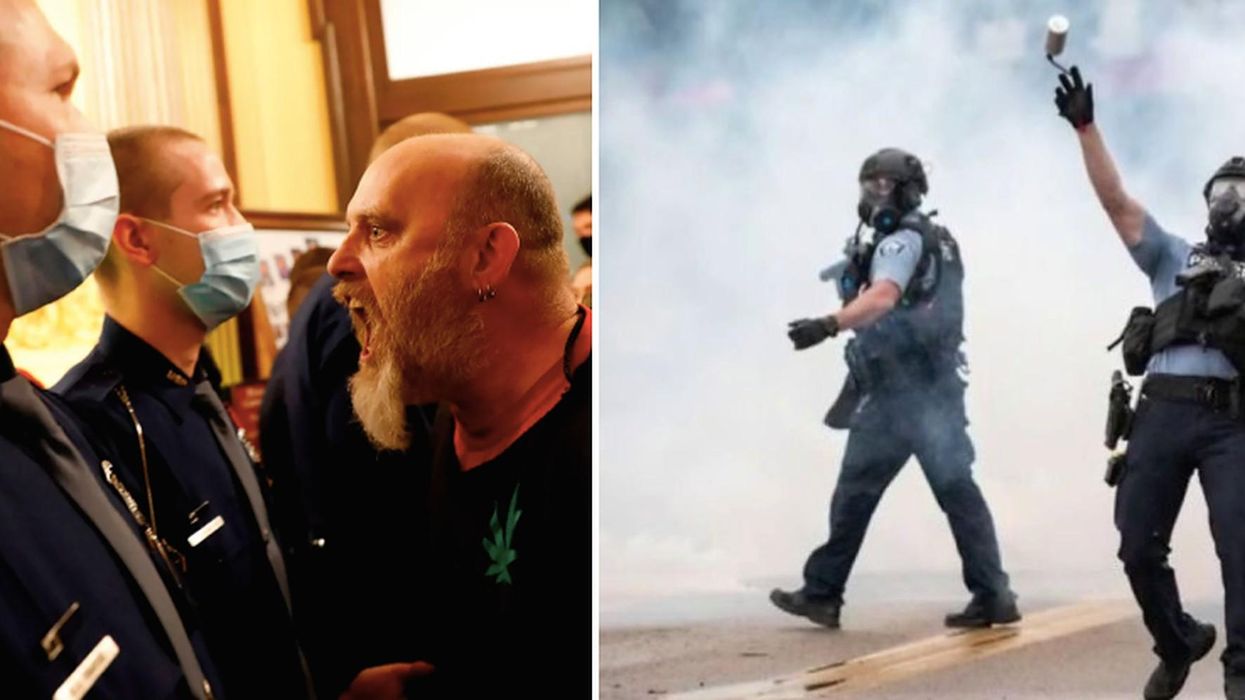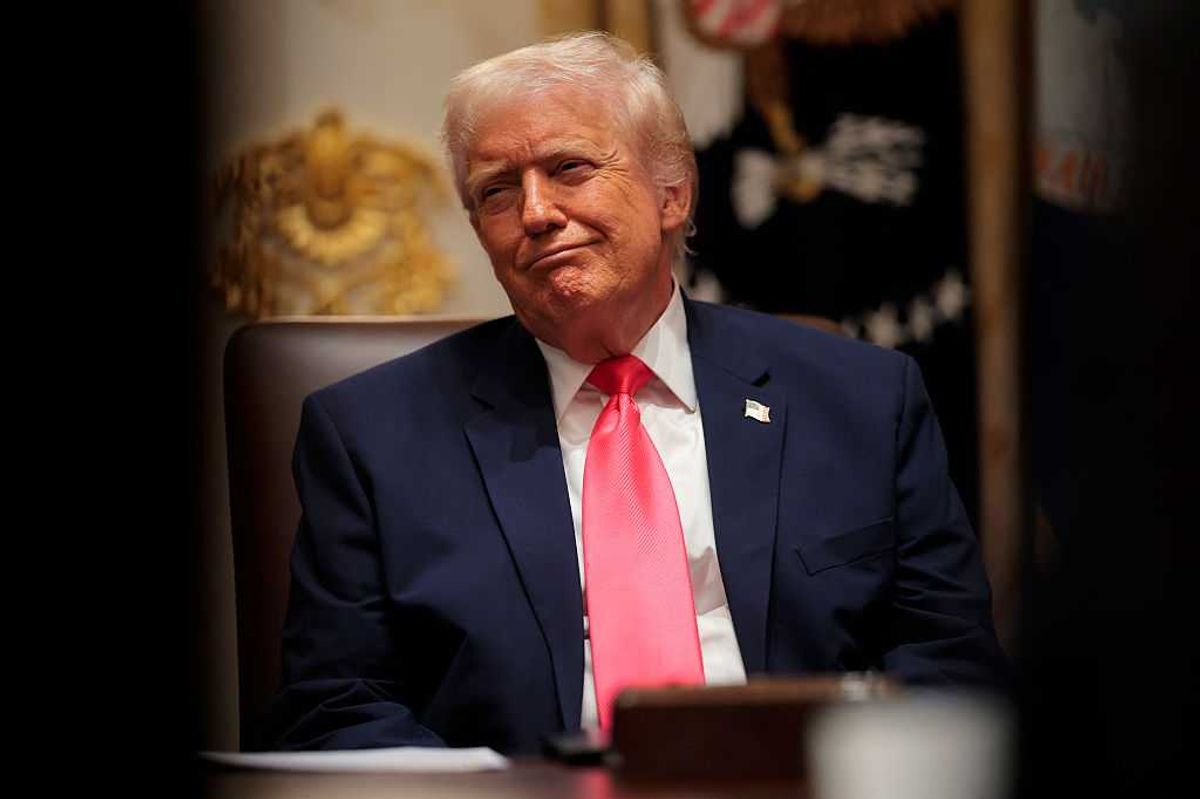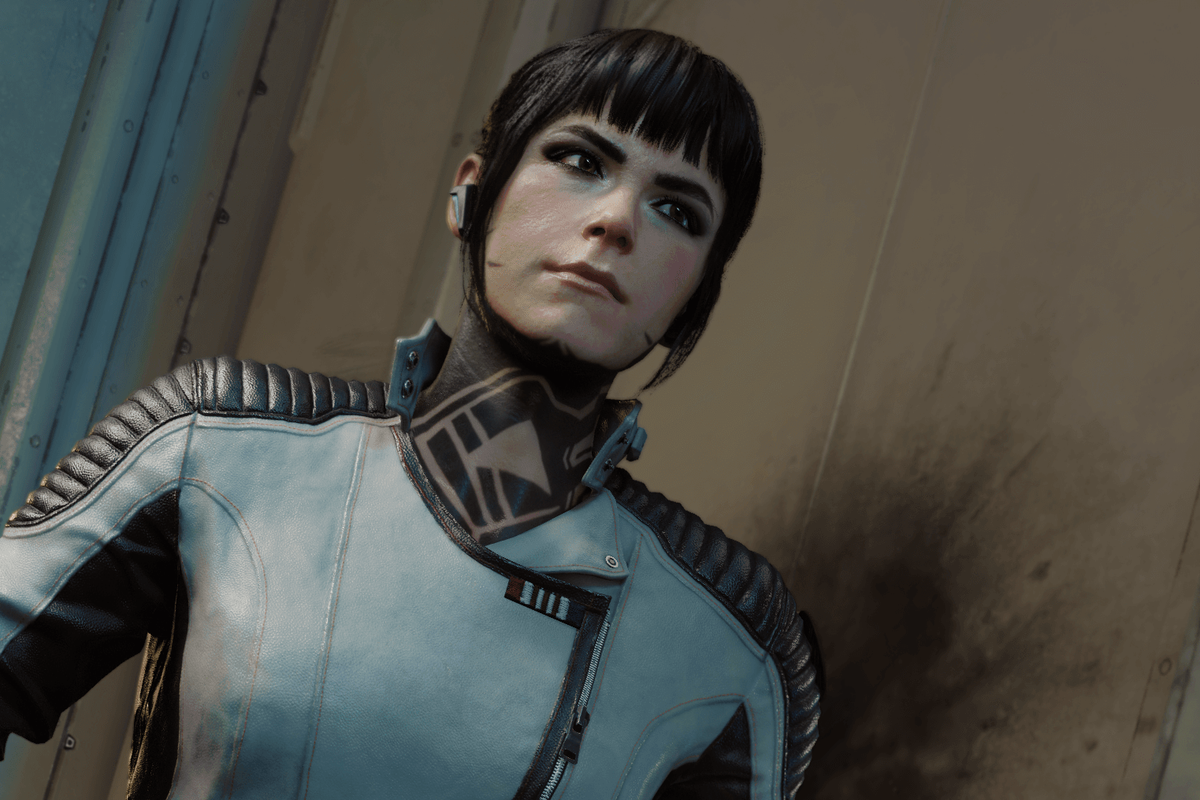News
Moya Lothian-McLean
May 28, 2020
When armed anti-lockdown started cropping up in the US last month, one noticeable aspect (apart from the lack of social distancing and guns) was the police response.
Or lack of it, we should say.
Police deployed to monitor protests reacted in a very different manner than had been observed at similar demonstrations for causes like Black Lives Matter.
Instead of widespread arrests, riot gear and tear gas, anti-lockdown protesters – many of whom were armed – were met by mostly passive lines of police.
One viral image showed protesters in the state house in Lansing, Michigan, screaming in the face of police officers as they remained completely still.
But in the wake of the death of George Floyd, a black man who died during an arrest when police pinned him to the ground via a knee in the neck, there’s been a very different response to protesters gathering to express anger.
What happened in Minneapolis?
On 25 May, Floyd died in police custody after being arrested for suspected forgery.
Footage circulating showed four police officers detaining Floyd, with one kneeling on his neck as Floyd gasps “I can’t breathe” and begs for help.
Floyd was pronounced dead after being taken to hospital.
Leaked video also appeared to contradict police claims that Floyd had resisted arrest, thus resulting in the use of force.
Police have faced demonstrators since Wednesday, calling for those involved in Floyd’s death to be charged with murder.
Initially peaceful protestors were met with full deployments of officers in riot gear, wielding tear gas and flash grenades.
Since the rioting and looting has taken place across the city as anger boils over at police handling of the situation.
What are people saying about the situation?
Many are drawing comparisons between the police treatment of majority white protestors, with the way police approached crowds protesting the death of a black man.
On social media, photosets showing the contrast in police response have gone viral.
They suggest a damning contradiction between the way police handle demonstrations based upon the demographics involved.
People have said the comparison lays bare the extent of white privilege and institutional racism at play.
It’s been called “despicable”.
Why has this provoked such outrage?
George Floyd’s death came at a time when anger at anti-black racism in the US reached another tipping point.
The high-profile killings of Ahmaud Arbery and Breonna Taylor still remain unresolved, with thousands calling for justice in their cases.
A recent video showing white woman Amy Cooper calling the police on Christian Cooper, a black man, after he politely asked her to put her dog on a leash, also sparked fury after she appeared to knowingly weaponize racial prejudice to her advantage.
It comes in the wake of viral footage that similarly showed two black FedEx delivery drivers being racially abused by a white man who called the police on them.
These incidents also take place against the backdrop of the coronavirus pandemic, which has disproportionately affected black Americans, who are three times as likely to die of the virus as white people.
The entire situation is a tinderbox and George Floyd's death was the match.
Could this be a turning point in racial inequality in the US?
Or is that the triumph of hope over experience?
Top 100
The Conversation (0)














